Nature's miracle Himalayan poppy
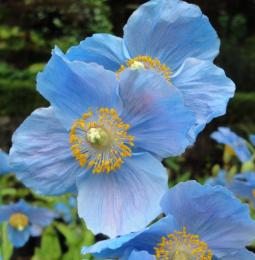
The snowy peaks of the Himalayas have always attracted brave climbers who dream of conquering Everest. So, the Englishman George Lee Mallory made this attempt in 1922. Despite the failure, he managed to bring a new flower, found high in the mountains, as a gift to the Royal Horticultural Society. It was a blue poppy. For many years, attempts to grow it in urban gardens were unsuccessful. One could only dream of a blue sea of delicate flowers growing calmly on rocky slopes at an altitude of 5000 m and among the difficult conditions of mountain peaks that reach into the sky.
Content:
- Types of blue poppy
- Agricultural technology for growing blue poppy
- The experience of English gardeners
Types of blue poppy
The perseverance and work of flower lovers did their job. And now a lot of information has appeared about the rules for growing this flower:
- There are 50 varieties of blue poppy or Meconopsis betonicifolia. Almost all of them are common to any type of flower growing in the mountains of Tibet, Western China, and the Himalayas.
- And also Cumbrian meconopsis (Meconopsis cambrica) native to Iceland, Western Britain, and France.
- The third type of blue poppy is called meconopsis horridula. The Sheldon hybrid, bred on the basis of the Meconopsis Krupniy and Bukvetselistny, is most often grown.
The plant is herbaceous perennial, the height of which can reach 1 m. A large number of buds can form on each peduncle. The flowers open one by one from the beginning of June.Their size can reach 10 cm in diameter. The number of petals is from 4 to 8. The lifespan of the flower is 7 days.
At temperatures above 30°, the buds do not open and dry out. The flowers have a bright blue color and yellow stamens. The last flowers on the stem may be lilac in color. It is one of the few varieties that tolerate transplantation well and are easily propagated by daughter rosettes. Russian varieties of the blue poppy plant are also called meconopsis large, great, large.
Agricultural technology for growing blue poppy
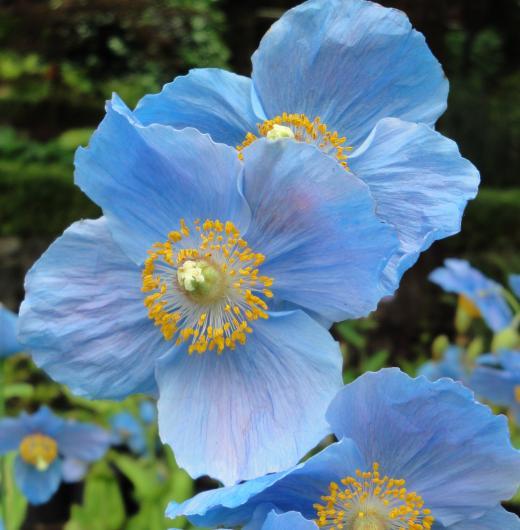
Very often, attempts to grow a complex plant do not have good results. The main reason for this is the primary stage after planting the seeds and preserving the seedlings. Planting seeds can be done in autumn or spring. When planting in autumn, a greenhouse or special containers are used. After picking, the plants should be kept in a well-ventilated, cool room all winter. Fresh seeds germinate without stratification at a temperature of 20-25°.
During spring planting, a two-stage stratification is carried out. The seeds are kept at a temperature of 18° for one week and at a temperature of 5° for two months. Even after appearing three weeks later weak shoots, there is no guarantee that all of them will be preserved. The seeds are sown in completely sterile loose soil. The seeds are simply laid out on its surface without being buried, but lightly sprinkled with soil.
Dry air and high temperatures create conditions under which the cotyledon leaves do not open. This also happens when creating a mini-greenhouse by covering it with film or glass. The vigor of seedlings is so low that the plants themselves cannot take root for further growth. This is the most unpleasant moment when growing blue poppies.
If you manage to make a very careful pick, deepening the weak root and ensuring a vertical position for the sprout, then there is a chance of growing it. A good helper during this period is a solution of epin or another plant growth stimulator. Meconopsis plants do not tolerate transplantation very well. Therefore, it is necessary to preserve even the smallest lump of earth on the roots of the seedling.
Young sprouts after picking must be kept in an atmosphere of high humidity constantly. To prevent rotting, it is necessary to water once a week with a weak solution of potassium permanganate. Frequent ventilation during this period will not allow fungal diseases to develop.
The second no less important point occurs when transplanting the plant to a permanent place. This must be done carefully by transferring it along with the soil from the pot. The landing site should be in partial shade. You can make a bed under the canopy of tall trees, while increasing the rate of application of mineral fertilizers. The hot rays of the sun at noon should not fall on it.
Plantings should not be dense. For meconopsis, any loose, fertile land without stagnant water, although in the wild it grows well on poor rocky soils. Some gardeners suggest planting blue poppies in peaty soil, similar to hydrangeas and rhododendrons. Even with the best care for a flower, it should not bloom in the first year. By the end of the season it should form strong rosettes of leaves, which it does very slowly. At this time, you need to carefully monitor the cleanliness of the bed and weed it on time.
Weeds are much stronger than a weak seedling.But if the rosette of leaves has grown strong, gone into winter, completely fallen off the foliage, and overwintered, then next year there will be much less trouble. Active growth begins in April. It is not afraid of spring frosts and already in June stands in elegant powerful foliage. At this time, it is especially necessary to water and fertilize with mineral fertilizers such as Kemira-Universal in the amount of one tablespoon per bucket of water.
It is extremely rare that viable flower stalks appear on it even in the second year of life.
Even if they appear, it is recommended to remove all buds. Mostly it blooms in the third or even fourth year. You can admire the blue miracle for a month. But unfortunately, after this the plant dies. To see poppies, you need to systematically renew your plantings every year. It is much easier to do this due to young basal rosettes obtained from modern varieties.
Moreover, one of the disadvantages of seed propagation is the lack of reliability in repeating color. You can suffer for a long time when growing and end up with not the long-awaited blue poppy in the garden, but lilac, yellow, red or white. To extend the flowering period, it is necessary to remove fading flowers. In autumn the entire bush is pruned.
The experience of English gardeners
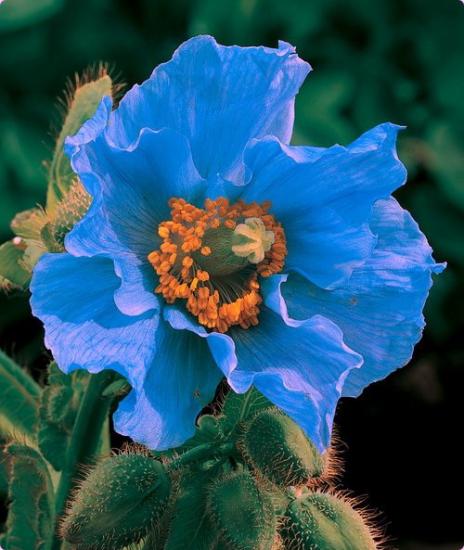
Very interesting is growing experience blue poppy by the English gardener Ray Brown, who spent many years developing his own growing technology:
- It was he who used the very acidic soil in a large flower bed with several bags of rotting tomatoes.
- He created the coolness necessary for the flower by installing special partitions that protected each flower from direct rays of the sun.
It was the most beautiful blue flowerbed in England.A mild, snowy winter and a good, warm spring create the best conditions for the growth of this type of poppy. Although sometimes, looking at the beautiful packets of seeds with detailed care instructions, you are a little surprised and think, but he himself grows on his own without worries.
It's not that simple, but you definitely have to try. To do this, you can use seeds from Unwins, Suttons, and Your Garden. The most common disease of poppy is powdery mildew. It appears as a gray coating on the underside of the leaf. You need to fight it using drugs offered in seed stores.
If the experiment is successful, it is necessary collect seeds your blue poppy. The boxes are collected at the moment when they change green color and become beige. If you shake it at this time, you will hear a characteristic sound, like a rattle. The heads do not ripen at the same time, so they do it in several stages.
Subsequent drying of the heads is carried out by placing them in a rag bag. You need to know that mice and moths love the seeds. Just like any other poppy seeds, these can be used for food. Even in excavations of ancient dwellings known from ancient Egypt, poppy seeds were found. Myths, legends and secrets of different nations are associated with it.
The greatest honor and respect for the blue poppy is given in the small mountainous country of Bhutan. Having become a national symbol, it awakens feelings of love for nature and all living things. Merging with the blue sky, mountain poppy plantations bring it closer to themselves, creating an atmosphere of calm and happiness. Using the advice of experts, you can try to create your own blue sea on the site, giving new strength and positive emotions necessary in the hectic life of the modern century.
Educational video about the unique plants of the Himalayas:
Interesting information about the vegetable garden

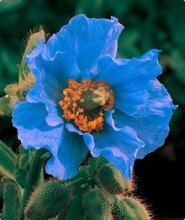
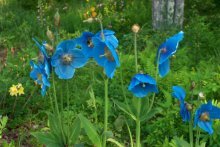


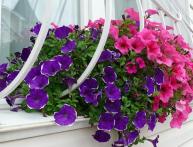

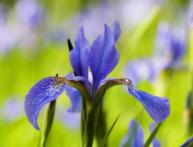

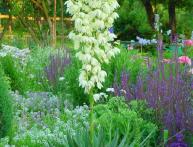
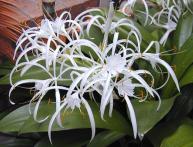
Comments
I'm impressed! I had never seen blue poppies or heard of them until I read this article, although I have been working with flowers for a very long time! I'll try to get some seeds and grow them.
This beautiful poppy is called Meconopsis..
Great! I would like to buy it!